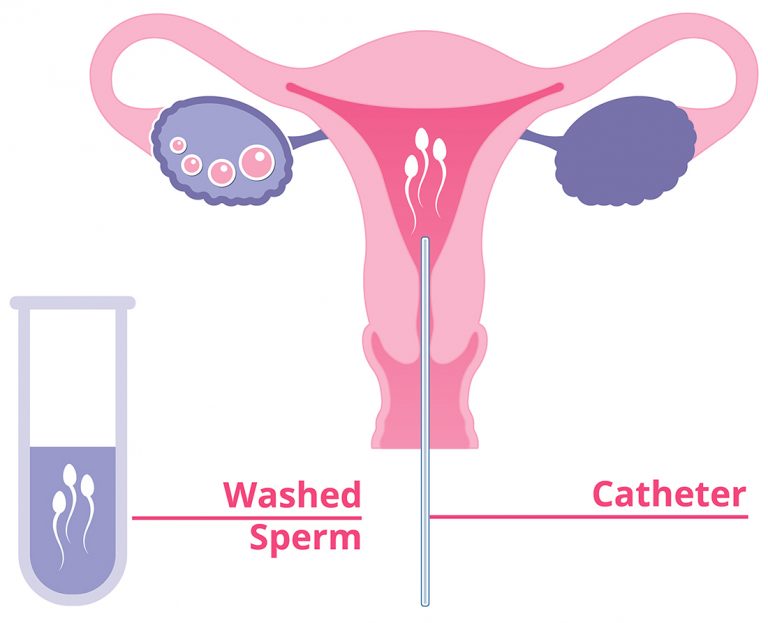“Intrauterine insemination (IUI) is a fertility procedure designed to enhance the chances of achieving pregnancy by facilitating the introduction of sperm into the uterus. The process involves collecting sperm and carefully inserting it into the uterine environment, optimizing conditions for fertilization and increasing the likelihood of conception.”
How Does the IUI Procedure Work?
Understanding the mechanics of conception is crucial to grasp the IUI procedure’s function. Normally, sperm travels through the vagina, enters the cervix, progresses into the uterine cavity, and eventually reaches the fallopian tubes, where fertilization can occur. The IUI procedure bypasses the cervix, directly inserting sperm into the uterus, reducing the distance sperm must travel and enhancing the chances of successful fertilization.

Step-by-Step Guide to the IUI Procedure:
1. Sperm Collection: Methods include special condom retrieval during intercourse, extraction from a urine sample, or collection during vibratory stimulation.
2. Sperm Sample Washing: Removal of seminal fluid from the collected sample, typically lasting 1-2 hours.
3. Sperm Insertion: A healthcare professional inserts a thin catheter through the cervix into the uterus, injecting the processed sperm sample, usually taking a few minutes.
Expenses, Accessibility, and Insurance Coverage:
While IUI is effective, its cost can be a barrier. Insurance coverage is not guaranteed, making affordability a concern. Unlike other medical conditions, infertility treatments, including IUI, are often not covered by insurance companies. IUI, however, is a minimally invasive and more cost-effective option compared to alternatives like in-vitro fertilization (IVF).
Insurance Coverage Fact: Only 15 states mandate insurance companies to partially cover infertility-related expenses, leaving many without financial assistance. IUI cycle expenses vary widely, ranging from a few hundred to several thousand dollars.
Success Rate:
The success of IUI is influenced by factors like the cause of infertility, age, and fertility medications. For couples undergoing monthly procedures, the success rate can reach up to 20% per cycle. However, older research from 2010 reported a pregnancy rate of approximately 8.7% and a live birth rate of about 5.8% for IUI.
Important Note: Success rates vary individually, emphasizing the need for discussions with healthcare professionals to understand personalized pregnancy likelihood.
Potential Risks Associated with IUI:
IUI, especially with fertility medications, increases the chance of conceiving twins or multiples, posing challenges such as a higher risk of premature birth. Inherent risks include a slight chance of infection. Individuals should discuss potential risks with their healthcare provider for informed decisions.
Prospects:
IUI effectiveness diminishes in cases of significant sperm abnormalities or conditions like endometriosis, fallopian tube blockage, or uterine abnormalities. It is not a suitable solution for addressing these specific reproductive challenges.
When to See a Doctor:
Medical attention is necessary for intense abdominal pain or adverse effects post-IUI. Approximately two weeks post-IUI, a home pregnancy test can be considered, but a blood test is recommended for precise confirmation. If IUI does not result in pregnancy, consulting a medical professional for guidance on the next steps, including potentially exploring alternative fertility treatments like IVF, is advisable.
